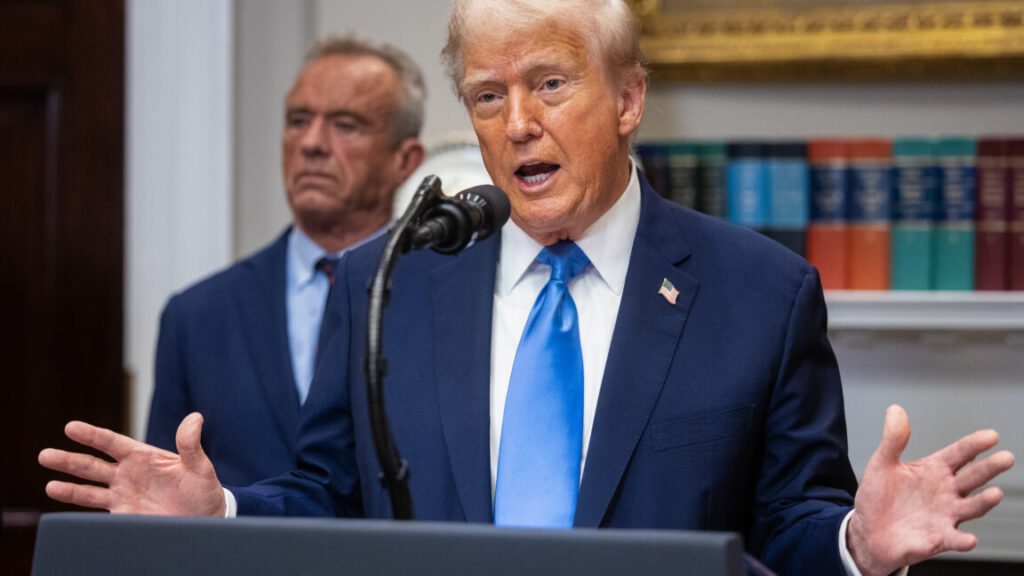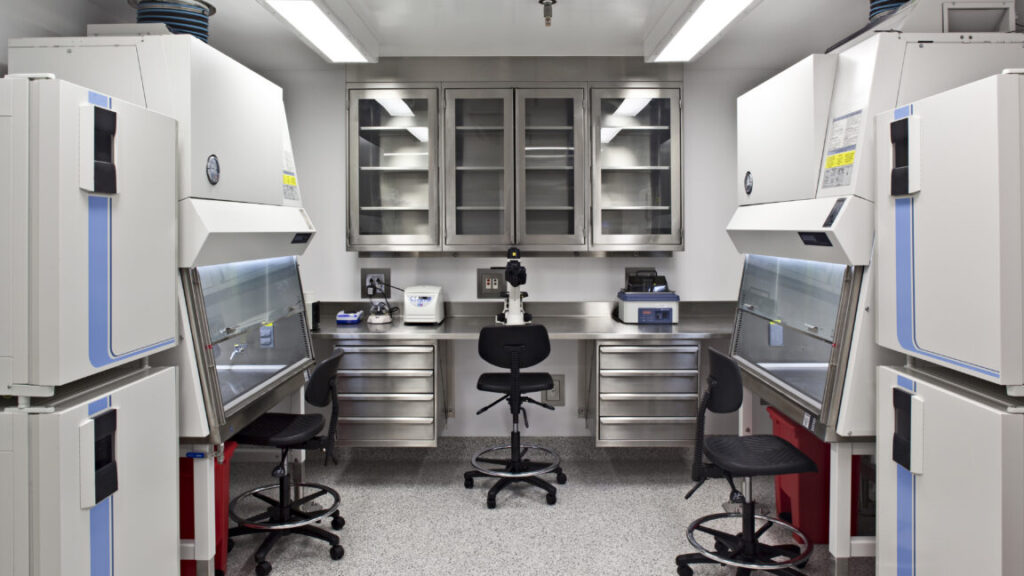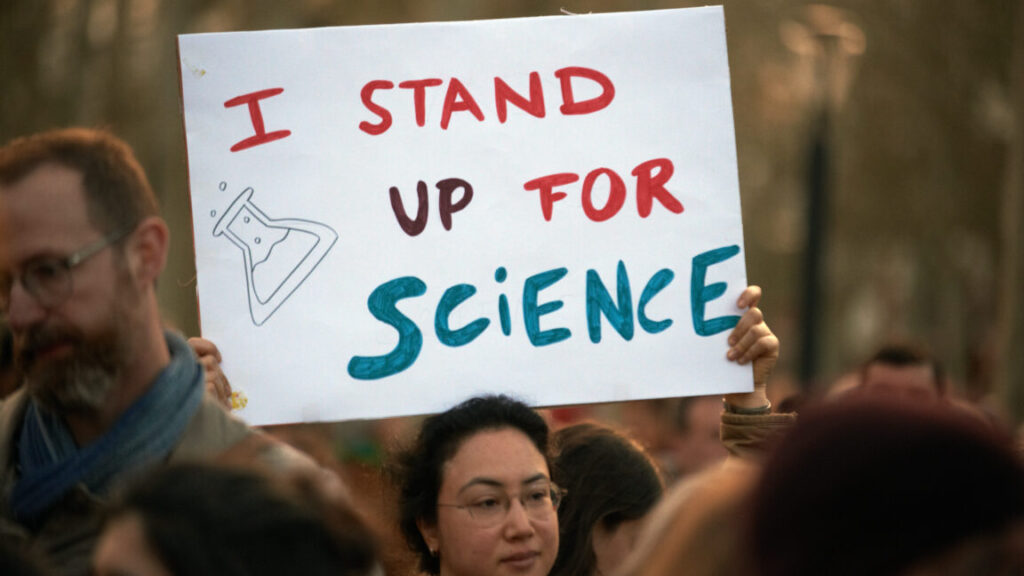Trump admin axed 383 active clinical trials, dumping over 74K participants
“A betrayal”
Jena and colleagues examined the greater context, comparing the number of canceled trials in each treatment category to the total number of all funded trials in those categories. For instance, while cancer trials made up 30 percent of the 383 canceled trials, the 118 canceled cancer trials accounted for only 2.7 percent of the total 4,424 cancer trials funded in the study period. The canceled infectious disease trials, on the other hand, accounted for over 14 percent of all infectious disease trials funded (675). The categories most disproportionately affected were infectious diseases, respiratory diseases, and cardiovascular diseases.
The researchers also looked at the purpose of the canceled trials—for instance, for treatment of a disease, prevention, supportive care, or diagnostics. Of the 383, 140 were for treatments and 123 were for prevention.
The authors note that they weren’t able to determine the stated reasons for the cancellations (if any) or compare this year’s trial cancellations to trends from previous years, which could offer more context to the cuts. There simply isn’t the same comprehensive data on clinical trial cancellations for past years, the authors said, noting “termination of federal grant funding was rare prior to 2025.”
In the accompanying editor’s note, Teva Brender and Cary Gross blasted the revealed cancellations. To cancel trials already underway is to “squander participants’ and investigators’ valuable time, effort, and resources,” they write, since there have already been “substantive sunk costs.” It also “stifles scientific discovery and innovation.”
But “there is a more direct and sobering impact of premature and scientifically unjustifiable trial terminations: the violation of foundational ethical principles of human participant research,” they write. “First and foremost, it is betrayal of the fundamental principles of informed consent for research.” And “participants who have been exposed to an intervention in the context of a trial may be harmed by its premature withdrawal or inadequate follow-up and monitoring for adverse effects.”
Over 74,000 trial participants entrusted researchers with “their health and hope,” but even if the trial funding is restored—as it may be for some—it would “at best mitigate the harms.”
Trump admin axed 383 active clinical trials, dumping over 74K participants Read More »




